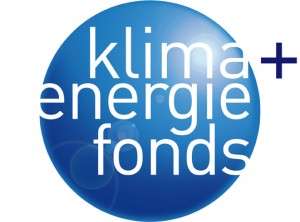In July 2021, the European Commission proposed the climate legal package to implement a more ambitious EU 2030 climate target – reinforcing EU carbon neutrality by 2050, and bringing it closer in line with the Paris Agreement – to reduce EU27 greenhouse gas emissions by at least 55% by 2030 (relative to 1990) (European Commission, 2021; proceeding European Commission, 2020a and Council of the EU, 2020). The effort sharing split up by Member States is currently under negotiation. Enhancing the current Austrian 2030 effort sharing target (the Commission proposes -48% by 2030, up from -36% relative to 2005) will also be closer in line with the national government´s target of climate neutrality by 2040, as proclaimed in January 2020 . A change of course is required, significant in both coverage and speed. As the IPCC in its Special Report in 2018 emphasized (for achieving a global 1.5 degree target), this would require rapid and far-reaching transitions in energy, land, urban and infrastructure (including transport and buildings), and industrial systems (high confidence). These systems transitions are unprecedented in terms of scale, but not necessarily in terms of speed, and imply deep emissions reductions in all sectors, a wide portfolio of mitigation options and a significant upscaling of investments in those options (medium confidence).
While in-depth analyses for single sectors and industrial branches were available earlier for Austria, a comprehensive analysis of sectoral pathway interaction and a consistent policy framework fostering coherent and simultaneous transformation across sectors, acknowledging systemic interactions was lacking. This concerned all sectors putting claims on the same renewable energy basis, or waste products from one sector serving as input for another sector, or whether industry can supply building materials at a scale sufficient for the required renovations. The question of how this transition process can be financed was also largely unanswered.
Achieving climate targets will not happen by the mere wish to do so but rather requires coordinated action by the private and public sector. In particular, what is needed is the establishment of adequate framework conditions and incentive structures by the policy sector, with the thus-directed development being enhanced or even dependent on a common and quite specific vision of how a climate neutral economy and society could look. Only when direct benefits and co-benefits – such as enhanced quality of life in renovated buildings or significant health benefits due to improved air quality – are general knowledge and shared targets, and distributional concerns are superseded by the benefits of a just transition, will society pivot towards a pathway to climate neutrality. The project INTEGRATE sought to contribute to close the gap in scientific analysis and operationalization of research results to those ends: how could a climate-neutral Austrian economy look like in detail, how can distributional and economic concerns be effectively addressed, what is the role of the financial sector and what are the necessary framework conditions – including coherent packages of policy measures to be implemented in Austria – for society to be attracted to climate neutrality? These research questions were addressed in close collaboration with the different societal actors.
Funded within the 14th Austrian Research Program (ACRP14) of the Austrian Climate and Energy Fund.

